Introduction
We are a professional manufacturer of alumina ceramic balls from China. Due to our specialization, the quality is more reliable. Also, because we are directly operated by the factory, the prices are more favorable.
Inert alumina ceramic ball is a ceramic product widely used in industries such as petroleum, chemical, fertilizer, natural gas, and environmental protection. The following is a detailed introduction about it:
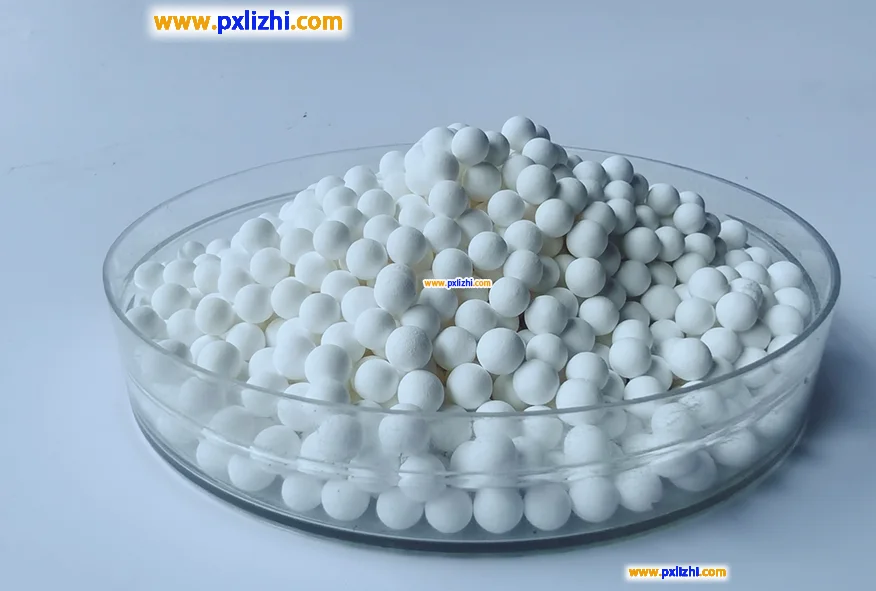
Characteristics
High temperature and high pressure resistance: able to maintain stable physical and chemical properties in high temperature and high pressure environments, able to withstand high temperature changes and pressure fluctuations, generally with a heat resistance temperature between 1100 ℃ and 1700 ℃.
Low water absorption rate: This means that ceramic balls are not easily able to absorb moisture or other liquids, and can maintain a dry state, thereby ensuring stability in various reaction environments.
Chemical stability: It can withstand corrosion from acids, bases, and other organic solvents, and is not prone to chemical reactions in complex chemical environments, ensuring its reliability in chemical production.
High strength: It has a certain mechanical strength, can withstand the impact and pressure of materials in the reactor, and is not easily broken or damaged.
Composition and Material:
Composition: The main chemical components of inert alumina ceramic balls include alumina (Al ₂ O3), silica (SiO ₂), etc. The content of alumina has a significant impact on the performance of ceramic balls. According to the different alumina contents, they can be divided into feldspar (containing 20-30% Al ₂ O3), feldspar mullite (containing 30-45% Al ₂ O3), mullite (containing 45-70% Al ₂ O3), mullite corundum (containing 70-90% Al ₂ O3), corundum (containing ≥ 90% Al ₂ O3), etc. The content of Al ₂ O3+SiO ₂ is ≥ 90%, and the content of iron oxide (Fe ₂ O3) is usually ≤ 1%.
Material: Inert alumina ceramic balls are usually made from high-quality chemical ceramic clay raw materials through fine processing and high-temperature sintering.
Specifications: Common specifications for inert alumina ceramic balls include 3mm, 6mm, 8mm, 10mm, 12mm, 13mm, 15mm, 20mm, 25mm, 40mm, 50mm, etc. We support customized production of specifications.

effect
Supporting function: Inert alumina ceramic balls serve as the supporting material for the catalyst in the reactor, which can evenly disperse the catalyst, allowing it to fully exert its catalytic effect while bearing the weight of the catalyst, preventing the catalyst from accumulating and affecting the reaction effect.
Coverage protection function: Covering the surface of the catalyst, it can buffer the impact of liquid and gas entering the reactor on the catalyst, protect the catalyst from mechanical damage, and extend the service life of the catalyst.
Improve distribution: Increase the distribution points of gas or liquid, so that gas and liquid can be more evenly distributed in the reactor, improving the efficiency and uniformity of the reaction.
Production process: Generally, it requires a series of production processes such as raw material selection, ball milling, mud making, aging, vacuum mud refining, molding, drying, sintering, etc.
When using inert alumina ceramic balls, it is necessary to select the appropriate specifications, materials, and chemical composition of ceramic balls according to specific reaction conditions and process requirements to ensure that they can perform at their best.

Why is it called inert alumina ceramic ball
Inert chemical properties:
In the process of chemical reaction, it hardly undergoes any chemical reaction with the substances it comes into contact with. In the production processes of industries such as petroleum, chemical, fertilizer, natural gas, and environmental protection, various acids, bases, salts, and organic solvents are encountered. However, inert alumina ceramic balls can maintain their chemical stability and will not react or corrode with these substances, which is an important manifestation of their “inertness”.
The catalytic effect on the reaction is extremely weak or negligible: in chemical reactions, catalysts can alter the rate and pathway of the reaction. Inert alumina ceramic balls, when used as supporting and covering materials for catalysts in reactors, do not have a significant catalytic acceleration effect on the reaction like some materials. They only play a physical role in supporting, covering, and improving the distribution of materials in the reactor


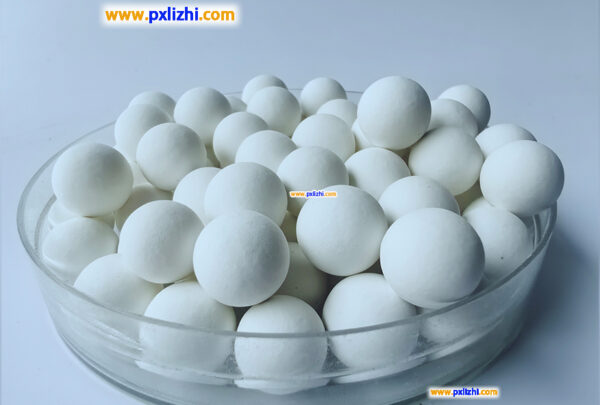
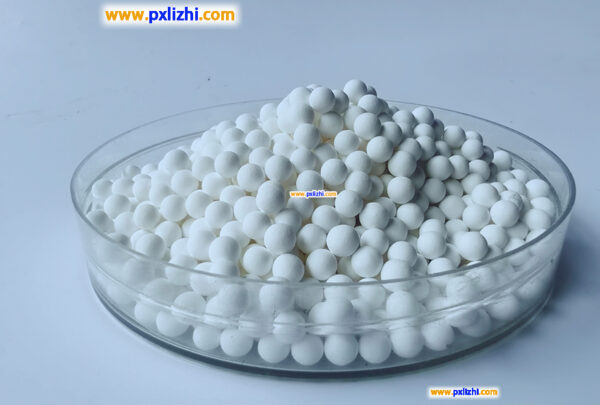
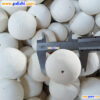
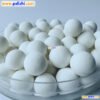
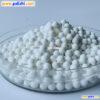
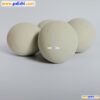
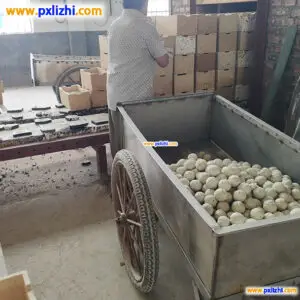
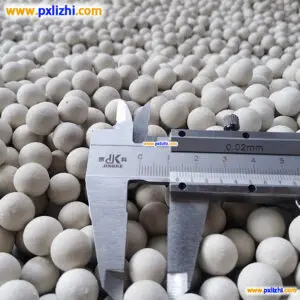
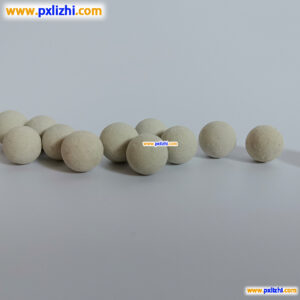

Reviews
There are no reviews yet.